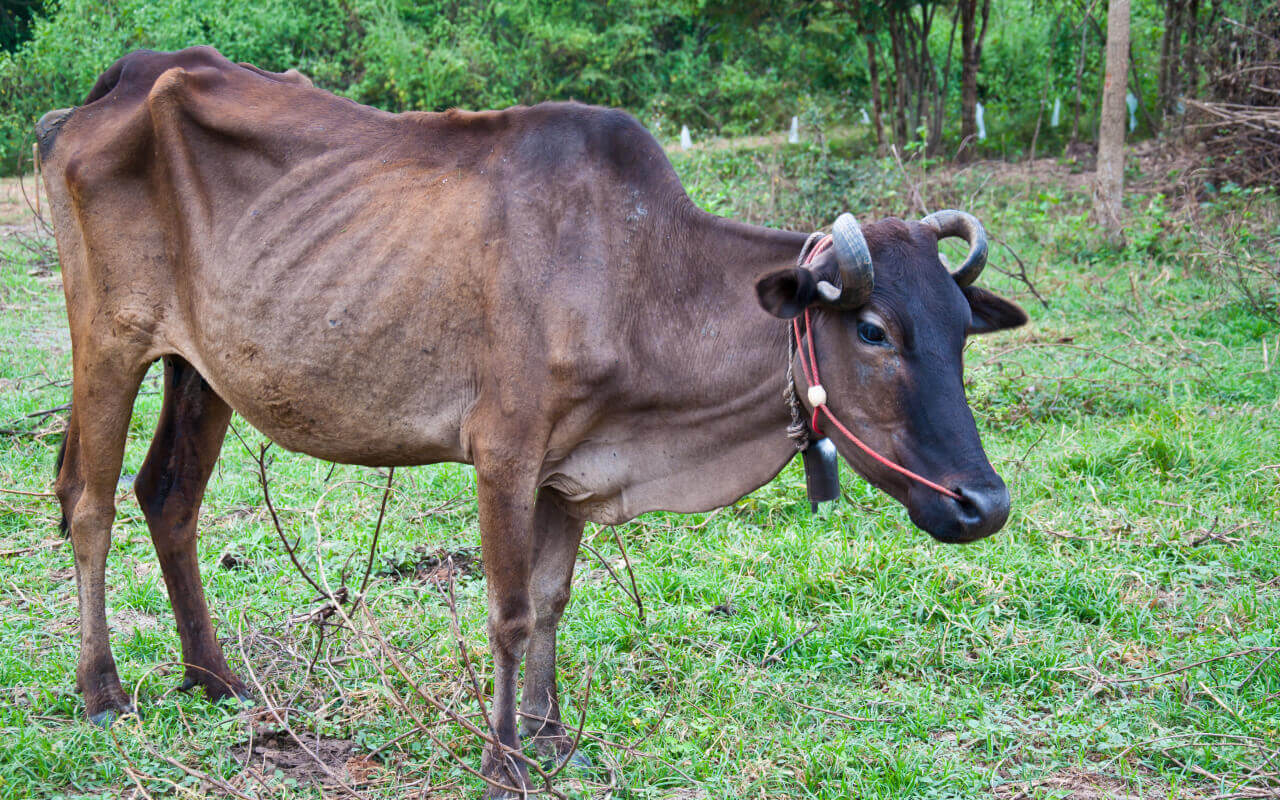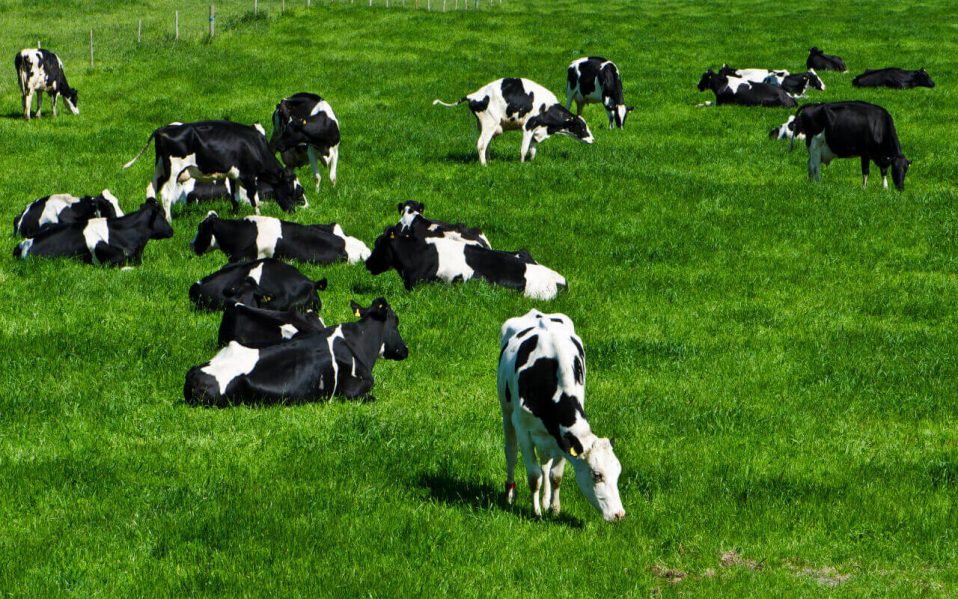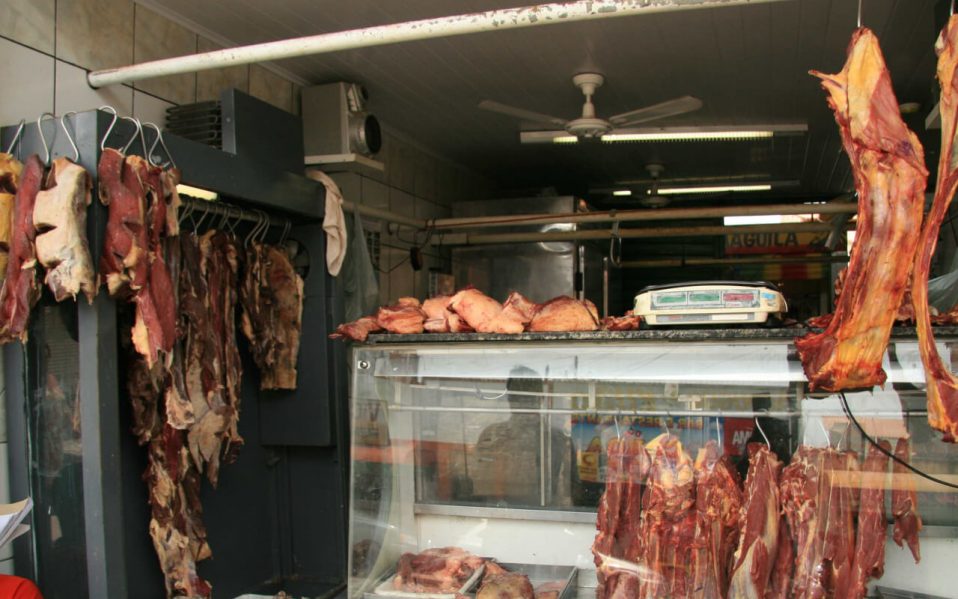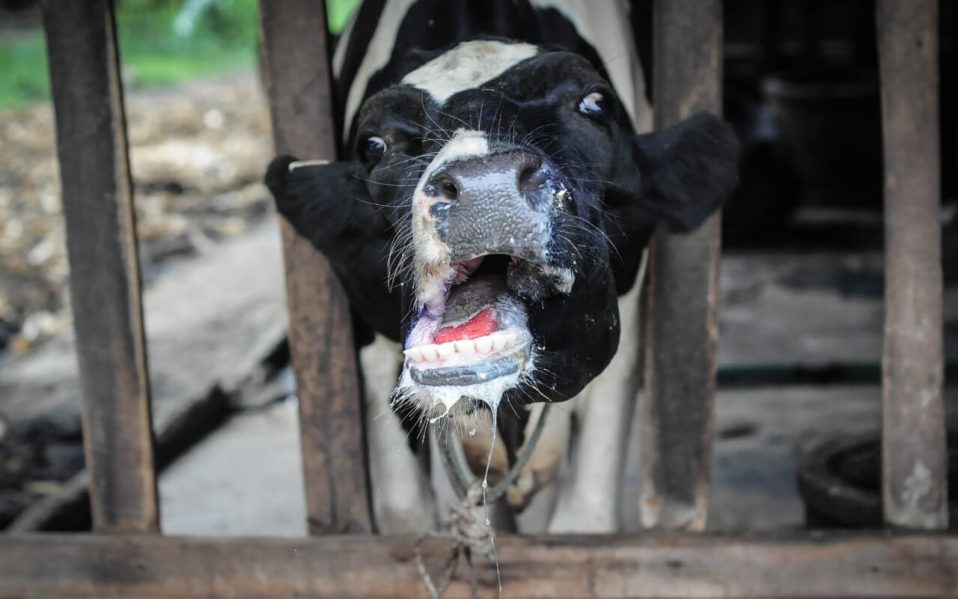Hello Daktari, my name is Kibet. I am a livestock farmer based in Baringo County. I currently have 41 sheep, 53 goats and 20 cows which I keep as free range. The news of Rift Valley Fever outbreak in parts of the country are worrying me. In 2006, I lost a number of animals to the disease. The disease also claimed the veterinary doctor who used to attend to my animals. What can I do this time around to mitigate against any losses?
Thank you
Kibet, Baringo
Kibet, thank you very much for your question. I can confirm that indeed Kenya had an outbreak of Rift Valley Fever (RVF) in 2006/2007. Many farmers lost their animals and human fatalities were also recorded. That outbreak followed the heavy El Niño rains. The World Health Organisation recorded 234 human deaths during this outbreak.
Extreme weather conditions affect livestock disease dynamics by influencing the population of transmitting or causative agents. RVF outbreak follows a period of heavy rains. It is also common in areas where other activities, such as construction of roads and dams, that result in large pools of stagnant waters. Such conditions create a breeding ground for mosquitoes. Mosquitoes transmit RVF in animals and in human beings. Most parts of Kenya have recently experienced above average rains, resulting in flooding and large pools of stagnant waters. The Director of Veterinary Services Dr Obadiah Njagi and Director of Medical Services Dr Jackson Kioko had earlier issued an alert over a potential RVF outbreak following the heavy rains.
What is RVF
Rift Valley Fever is a viral disease that affects both domestic animals (cows, camels, goats and sheep) and man. In animals, the disease is transmitted through mosquito bites while in human beings it is transmitted through direct contact with milk, body fluids and meat from affected animals. In man, the virus that causes the disease enters the body through open wounds when an animal is being slaughtered or when the fluid gets into contact with blood, meat or any fluid from infected animals. Ingestion of raw meat or milk from infected animals also spreads the disease. The disease can also be transmitted to man through mosquito bites. Abortion is a main clinical sign of this disease and farmers or veterinary doctors can be easily affected when they are assisting such animals to give birth or when disposing of the aborted foetus without proper personal protection equipment.
Clinical signs
The main sign of RVF is widespread abortions (storm abortions) in small stock (sheep and goats) following a period of heavy rains. Young animals are particularly prone to RVF and will die in large numbers shortly after showing clinical signs. The other clinical signs include fever, lack of appetite, bloody or foul diarrhoea, production of excess saliva, tears and mucus. When you see these symptoms, report quickly to the nearest veterinary authority.
In human beings, the symptoms are sudden flu, fever, muscle and joint pains, headache, neck stiffness, lack of appetite, vomiting, blurred vision, loss of memory, bloody diarrhoea convulsions, coma and death.
How to prevent RVF
The first precaution to take when you suspect RVF is to ensure human safety since this disease is zoonotic (shared by man and animals). This is done by taking following precautions.
- Avoid illegal home slaughters as they increase chances of the handlers being infected.
- Don’t touch aborted foetus or placenta from suspected RVF cases with bare hands.
- Don’t drink raw milk or meat from animals suspected to have been infected.
- Sleep under mosquito nets.
- Control mosquito population by draining stagnant waters and spraying with insecticides.
- Urgently report cases of infected animals to veterinary authorities and seek immediate medical attention.
Vaccination is the only effective way of preventing the disease in animals. Upon infection, there is no cure apart from symptomatic or supportive treatment.
The current RVF vaccine is effective and confers long-lasting immunity to animals. Pregnant animals should never be vaccinated against RVF as the vaccine causes abortions and deformities in the foetus. Once an outbreak has been reported in an area, vaccination shouldn’t be conducted as it can worsen the situation. Strategic vaccination, vector control and personal precautions should be applied in RVF control and prevention.
(The writer was the Vet of the Year 2016 and works with the Kenya Tsetse and Trypanosomiasis Eradication Council – KENTTEC. Email: jothieno43@yahoo.com).
This article was first published in the ‘Smart Harvest’ feature of the Standard on Saturday edition of 16th June 2018.




